View of Llanada Alavesa: Sarah Winchester's Llanada Villa honors the high plateau, located, at 1,640 feet (500 meters), between two parallel sub-ranges of the Basque Mountains.
Araba/Álava is the largest of the Basque Country's three provinces.
Monte Aratz, Sierra de Altzania and Llanada Alavesa; Álava Province, north central Spain: Ardo Beltz, CC BY SA 3.0, via Wikimedia Commons @ https://commons.wikimedia.org/wiki/File:Aratz.jpg
Pardee family home was located near historic New Haven Green, 16-acre (65,000 m2) park and recreation area designed and surveyed by John Brockett (May 20, 1611 – March 12, 1690) and completed in 1638.
Upper New Haven Green in spring, New Haven County, southwestern Connecticut: GK tramrunner229, CC BY SA 3.0, via Wikimedia Commons @ https://commons.wikimedia.org/wiki/File:NewHavenGreen4958.JPG
Sarah Winchester: 1865 hand-colored portrait on cabinet card by Taber Photographic Company, 121 Post Street, San Francisco
verso of cabinet card: "Mrs. Sarah L. Winchester"
History San Jose Research Library: Public Domain, via Wikimedia Commons @ https://commons.wikimedia.org/wiki/File:SWinchester.jpg; History San Jose Research Library via Calisphere @ https://calisphere.org/item/ark:/13030/kt9g5021dg/
Oliver Fisher Winchester (November 30, 1810 – December 11, 1880) patented curved seams in clothing and later switched to ammunitions.
The Granger Collection, Brooklyn, New York: Public Domain, via Wikimedia Commons @ https://commons.wikimedia.org/wiki/File:Oliver_Fischer_Winchester.jpg
Oliver Winchester invested in Volcanic Repeating Arms Company, over which he soon assumed ownership: reorganized first as New Haven Arms Company in 1857 and then as Winchester Repeating Arms company; now known as U.S. Repeating Arms Company. Inc. (USRAC).
Winchester Repeating Arms Company, New Haven, Connecticut; 1897 photograph by New York City-based Mutoscope and Biography Company: No known restrictions on publication, via Library of Congress Prints & Photographs Online Catalog (PPOC) @ http://www.loc.gov/pictures/item/2011661016/
Sarah Winchester maintained a houseboat in affluent San Francisco Bay Area community of Burlingame before and after San Francisco's earthquake of April 18, 1906, stopped her making her San José farmhouse a supermansion for relatives and their employees.
Coyote Point Park, with distinctive covering of eucalyptus grove, Burlingame/San Mateo border, San Francisco Bay Area: Doc Searls (dsearls), CC BY-SA 2.0, via Flickr @ https://www.flickr.com/photos/docsearls/3541390673/
Burlingame's Saint Paul's Episcopal Church included Sarah Winchester among parishioners.
Successful fund drive in 1926 led to construction of English Gothic Style church, designed by architect-parishioner William Charles Frederick Gillam (Oct. 14, 1867-Feb. 10, 1962).
WCF Gillam, "Saint Paul's Episcopal Church, Burlingame," Architect and Engineer, vol. LXXXVIII, no. 1 (January 1927), page 80: via Internet Archive @ https://archive.org/details/architectenginee8827sanf/page/n37/mode/1up
Mary Folsom Hayes Chynoweth (October 2, 1826 - July 27, 1905) held services for the True Life Church, which she founded, at the chapel on her San Jose estate, Hayes Mansion, and also at San Jose's First Unitarian Church.
Designed by George W. Page (1851-1924), also architect for Mary's mansion, in 1891, First Unitarian Church, was added to National Register of Historic Places on November 17, 1977.
First Unitarian Church, on St. James Park, San Jose, California: Daderot, Public Domain (CC0 1.0), via Wikimedia Commons @ https://commons.wikimedia.org/wiki/File:First_Unitarian_church,_San_Jose,_California_-_DSC03845.JPG
Sarah Winchester, ca. 1920
only extant image of Sarah Winchester: Richard Arthur Norton (1958- ), Public Domain, via Wikimedia Commons @ https://commons.wikimedia.org/wiki/File:Sarah_Winchester.jpg
Sarah Winchester's grand design and mysterious legacy: San José's landmark Winchester House; view looking northwest
Historic American Buildings Survey/Historic American Engineering Record/Historic American Landscapes Survey: No known restrictions on images made by the U.S. Government, via Library of Congress Prints & Photographs Online Catalog (PPOC) @ http://www.loc.gov/pictures/item/ca0959.color.571113c/


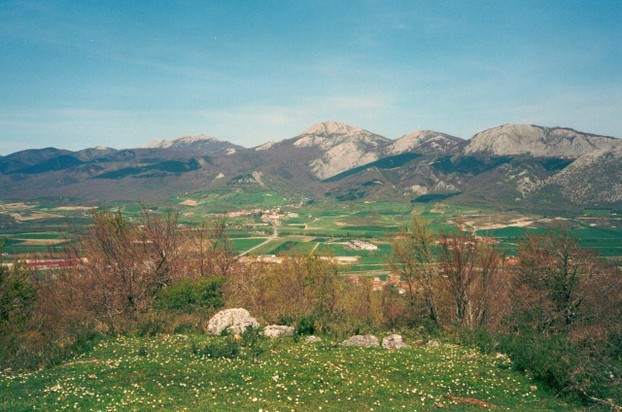
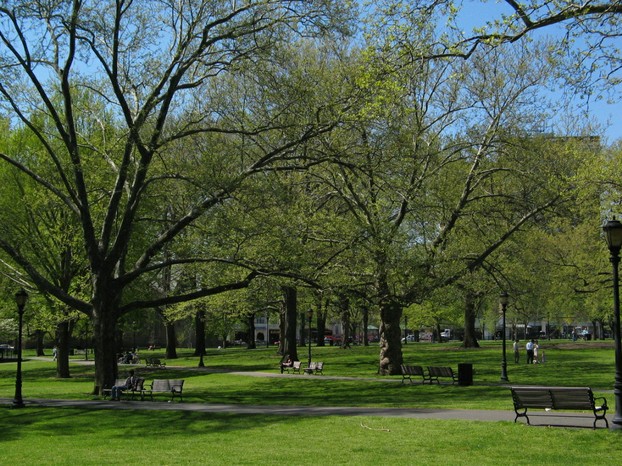
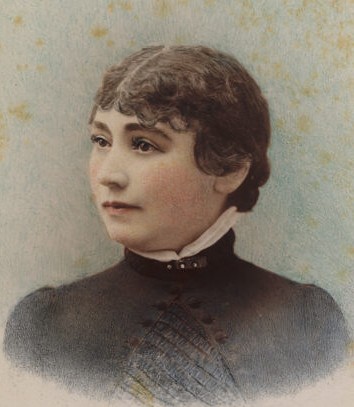
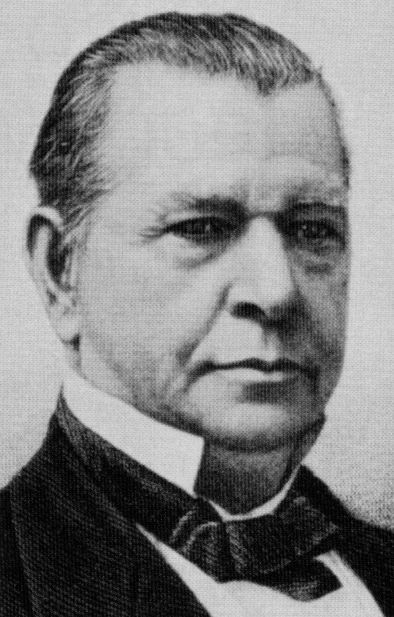
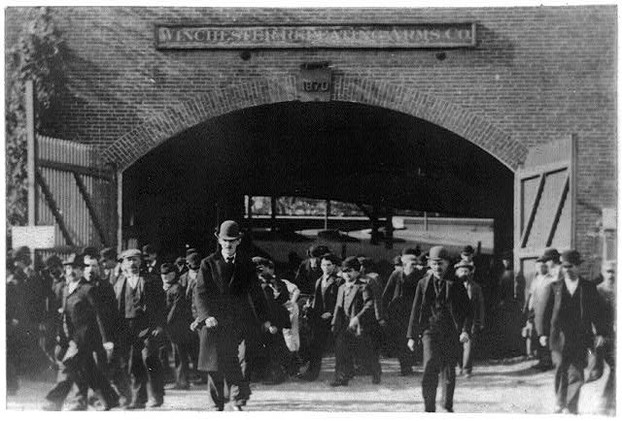
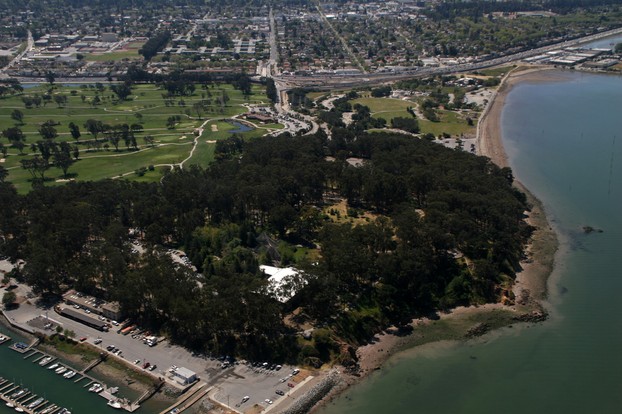
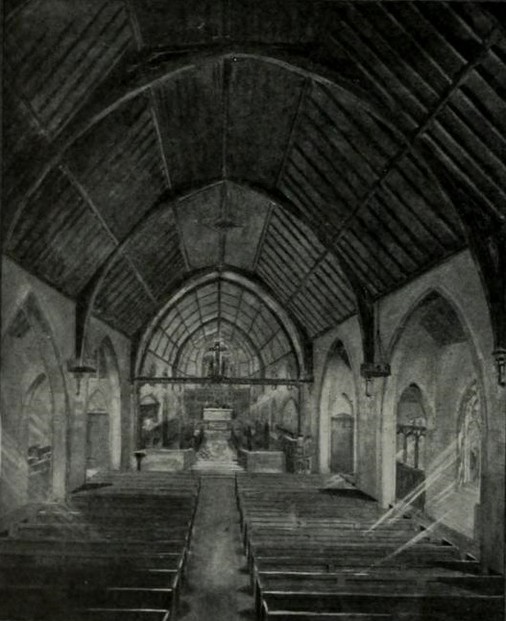
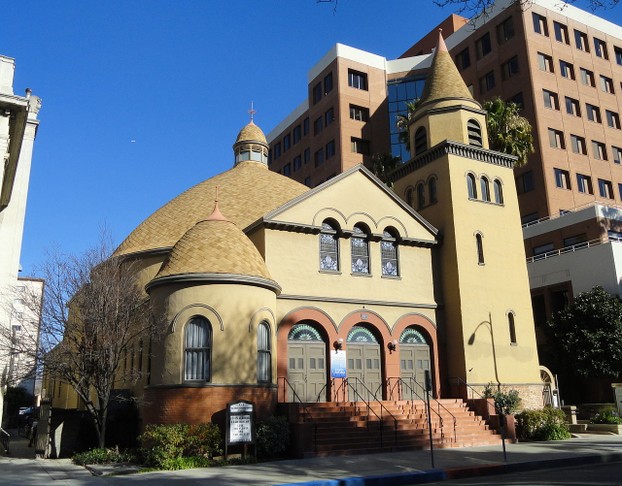
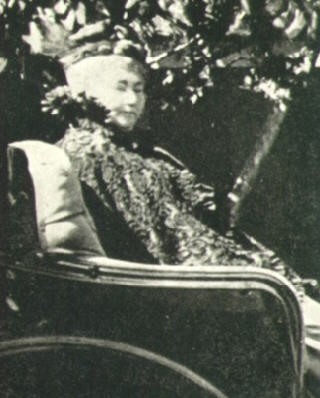
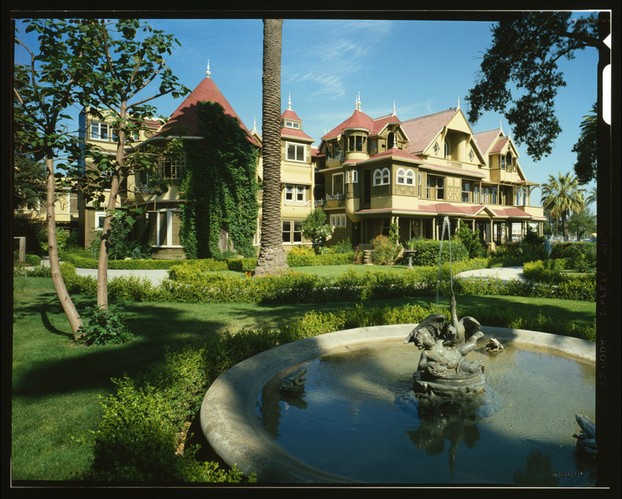
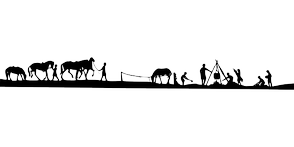



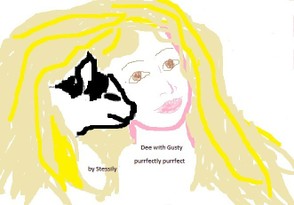
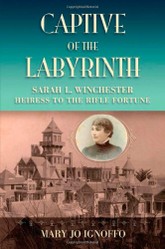

 Are Hawaiian Huakai Po Nightmarchers Avenging Halloween Thursday?on 10/02/2024
Are Hawaiian Huakai Po Nightmarchers Avenging Halloween Thursday?on 10/02/2024
 Mailing Addresses for 2023 Form 4868 Extending 1040 and 1040SR April 15, 2024, Due Dateon 04/15/2024
Mailing Addresses for 2023 Form 4868 Extending 1040 and 1040SR April 15, 2024, Due Dateon 04/15/2024
 Mailing Addresses for 2023 Forms 1040 and 1040SR Filed in 2024on 04/15/2024
Mailing Addresses for 2023 Forms 1040 and 1040SR Filed in 2024on 04/15/2024
 Mailing Addresses for 2022 Form 4868 Extending 1040 and 1040SR April 18, 2023, Due Dateon 04/13/2023
Mailing Addresses for 2022 Form 4868 Extending 1040 and 1040SR April 18, 2023, Due Dateon 04/13/2023

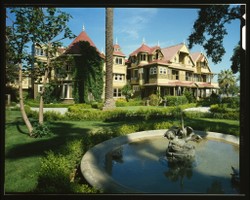
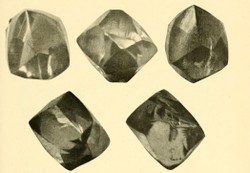
Comments